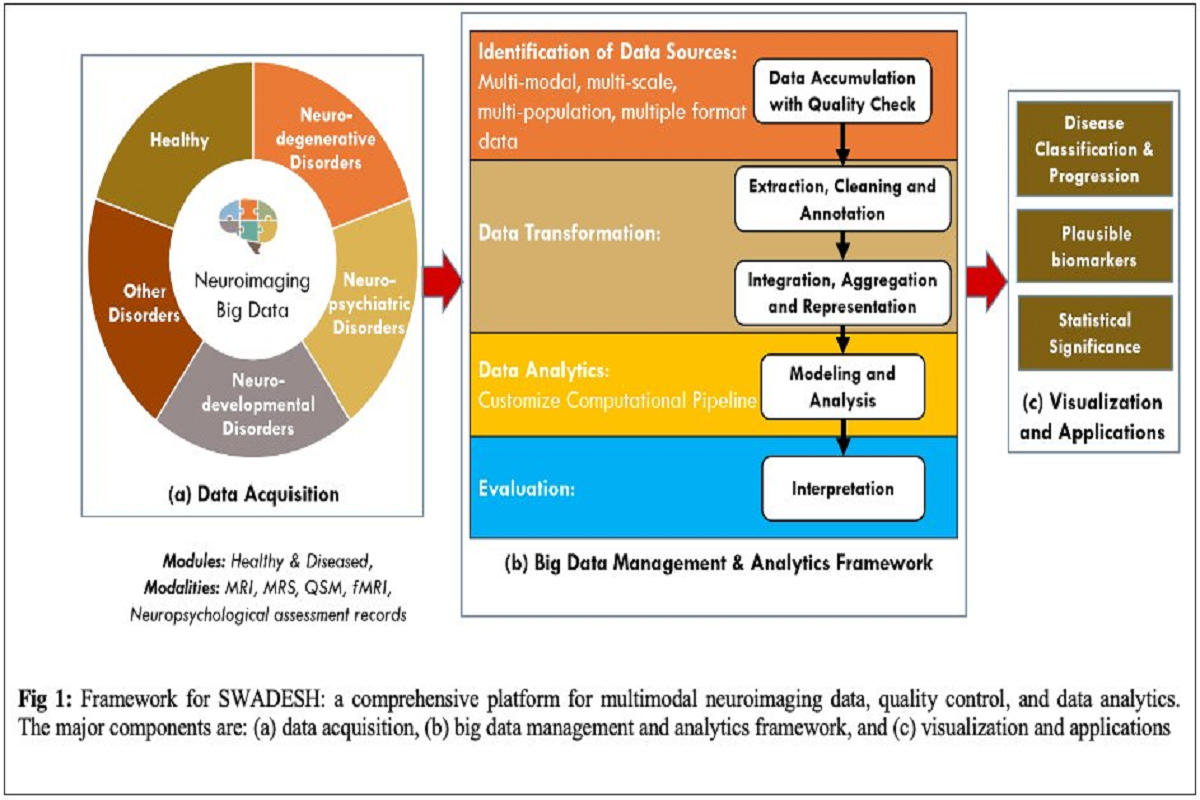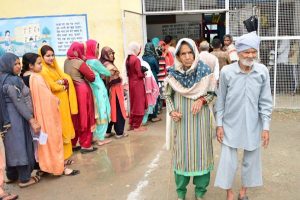Department of Bio-Technology and National Brain Research Centre (DBT-NBRC) in Haryana has developed the world’s first Multimodal Brain Imaging Data and Analytics called SWADESH which is expected to help effectively treat brain ailments in the country.
DBT-National Brain Research Centre has recently developed project SWADESH, a unique brain initiative focusing on certified neuroimaging, neurochemical, neuropsychological data and analytics that are made accessible to researchers for managing brain disorders, according to a Ministry of Science and Technology note here.
SWADESH was inaugurated by the Union Minister of State (Independent Charge) for the Ministry of Science and Technology Dr Jitendra Singh on 19 November.
The first large-scale multimodal neuroimaging database SWADESH has been designed specifically for the Indian population with big-data architecture and analytics for various disease categories under one platform. It seeks to strengthen Alzheimer’s disease (AD) research and help the scientific community come up with promising treatments.
SWADESH proposes a big-data architecture that manages and analyzes six modules, namely neurodegenerative (AD), mild cognitive impairment (MCI), and Parkinson’s disease (PD), neuropsychiatric (schizophrenia and bipolar disorder), neurodevelopmental (autism and epilepsy), COVID-19-related disorders, other disorders, and healthy subjects.
SWADESH is supported by a JAVA-based workflow environment and Python. Backed by a dedicated storage system, it provides quality control, data analysis reports, and data backups. Its development will facilitate the integration of multi-site data and collaborative research worldwide.
Presently, SWADESH has data of 500 AD and MCI patients and 70 PD patients. It also includes data of 600 healthy old individuals and 800 healthy young individuals in the control group.
DBT-NBRC has developed several clinical research tools through SWADESH. GAURI system uses adaptive pattern recognition and learning schemes for predictive single or differential diagnosis, designed with MRI modalities and neuropsychological batteries. NINS-STAT is a high-performance state-of-the-art automated statistical test selection and execution software package with high applicability in clinical research.
KALPANA is an integrative package for the visualization, preprocessing, and quantitation of MRS data. PRATEEK analyzes multimodal neuroimaging data that minimizes the need for expertise in handling different neuroimaging tools for processing and analyzing multimodal data.
Stimulus Timing Integrated Module (STIM) includes a versatile paradigm design system, presentation system, and real-time participant response-collection system for functional MRI-related purposes, mapping brain activity non-invasively in normal healthy condition and clinical evaluation of various brain disorders.
Dr Mandal’s team in DBT-NBRC subsequently launched BHARAT, a big-data analytic model for early diagnostic biomarkers of AD. The design included a Hadoop-based big-data framework integrating MRI, MRS, and neuropsychological test scores. The team is working to expand the project to include rich multimodal neuroimaging datasets for healthy and diseased cases.
Congratulating NBRC on the initiative, Secretary Department of Biotechnology Dr Rajesh Gokhale said, “The brain is a complex organ, and detailed functionality in health and diseases remains to be fully recognized. Databases like SWADESH should be useful in conducting multimodal brain studies to understand Alzheimer’s disease and several neurological disorders.”











